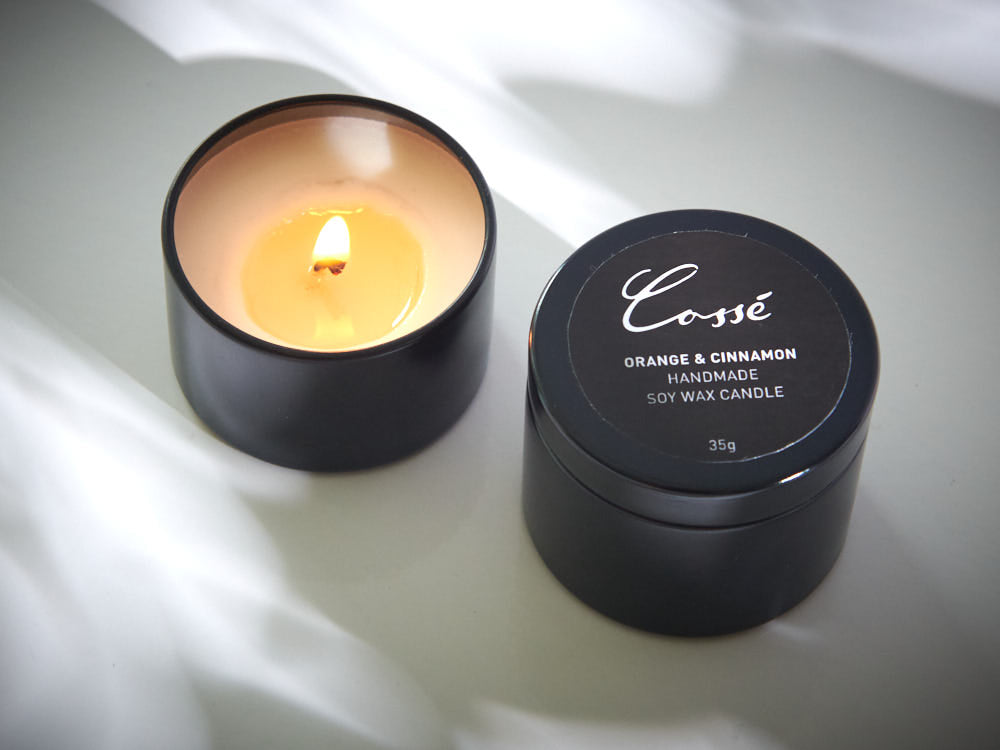From Wick to Wax: Understanding the Chemistry Behind Soy Wax Candles and Their Ecological Influence
As we illuminate our spaces with the cozy glow of candle lights, there exists a realm of elaborate chemistry behind the seemingly easy act of lighting a soy wax candle light. Join us as we unravel the scientific ins and outs behind soy wax candle lights and explore their ramifications on our atmosphere.
Soy Wax Vs. Paraffin Wax
When comparing soy wax and paraffin wax for candle light production, it is important to recognize the distinct attributes and advantages of each material. Soy wax is a natural, renewable energy derived from soybean oil, making it naturally degradable and environment-friendly - home fragrance. On the other hand, paraffin wax is a byproduct of petroleum refining, which raises problems concerning its ecological influence and sustainability
Soy wax candle lights melt cleaner and emit less residue contrasted to paraffin wax candles, making them a much healthier choice for interior air top quality. Additionally, soy wax has a reduced melting factor, permitting a longer-lasting candle light that spreads scent better. Paraffin wax, on the various other hand, tends to melt faster and less easily, potentially releasing hazardous chemicals into the air.
From a sustainability perspective, soy wax is preferred for its biodegradability and eco-friendly sourcing, lining up with the growing consumer choice for eco mindful items. While paraffin wax has been a traditional option in candle light making because of its affordability and ease of use, the shift in the direction of environment-friendly choices like soy wax is gaining energy in the market.
Chemical Structure of Soy Wax

Burning Process in Soy Candles
The chemical structure of soy wax directly influences the combustion procedure in soy candle lights, influencing elements such as burn time, fragrance release, and ecological effect. When a soy candle is lit, the warmth from the flame melts the wax near the wick.
The combustion efficiency of soy candle lights is influenced by the purity of the soy wax and the top quality of the wick. A clean-burning soy candle with an appropriately sized wick will produce a constant fire and minimize soot development. This not only prolongs the melt time of the candle yet additionally site here enhances the launch of fragrances. Additionally, soy wax candle lights have a lower ecological effect contrasted to paraffin candle lights as a result of their biodegradable and renewable nature.

Environmental Advantages of Soy Wax

Considered a lasting choice to traditional paraffin wax, soy wax uses significant environmental advantages that make it a prominent option among eco-conscious customers. Soy wax burns cleaner and produces much less residue than paraffin wax, adding to much better indoor air high quality and reducing the need for cleaning and maintenance. Generally, the environmental benefits of soy wax line up with the expanding need you can try this out for sustainable and eco-friendly products in the market.
Recycling and Disposal Factors To Consider
Reusing and correct disposal of soy wax candle lights play a crucial function in keeping ecological sustainability and lowering waste in communities and homes. The first step is to make sure that the candle has melted entirely when it comes to reusing soy wax candle lights. This can be attained by enabling the candle to melt till the wick is no more useful, and afterwards letting the continuing to be wax cool and strengthen. Once the wax has actually strengthened, it can be carefully eliminated from the container.

In terms of disposal, if recycling is not an alternative, soy wax candles are eco-friendly and can be securely gotten rid of in most home waste systems. However, it is constantly advised to contact neighborhood recycling facilities or waste monitoring solutions for particular guidelines on candle disposal to guarantee appropriate handling and environmental management.
Conclusion
In verdict, the chemistry behind soy wax candle lights exposes their ecological benefits over paraffin wax candles. Soy wax, obtained from soybean oil, burns cleaner and generates less soot when contrasted to paraffin wax.
When contrasting soy investigate this site wax and paraffin wax for candle making, it is crucial to comprehend the unique characteristics and benefits of each product (crystal soy candles).Soy wax candles shed cleaner and discharge less soot contrasted to paraffin wax candle lights, making them a healthier option for interior air top quality.Considered a lasting choice to traditional paraffin wax, soy wax uses remarkable ecological benefits that make it a popular option amongst eco-conscious customers. Soy wax burns cleaner and generates less soot than paraffin wax, contributing to far better interior air quality and lowering the need for cleaning and upkeep.In verdict, the chemistry behind soy wax candle lights exposes their ecological advantages over paraffin wax candle lights